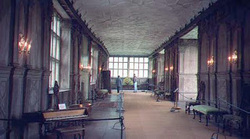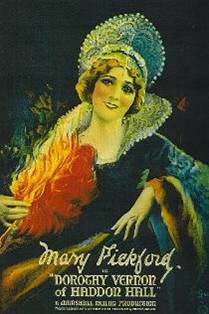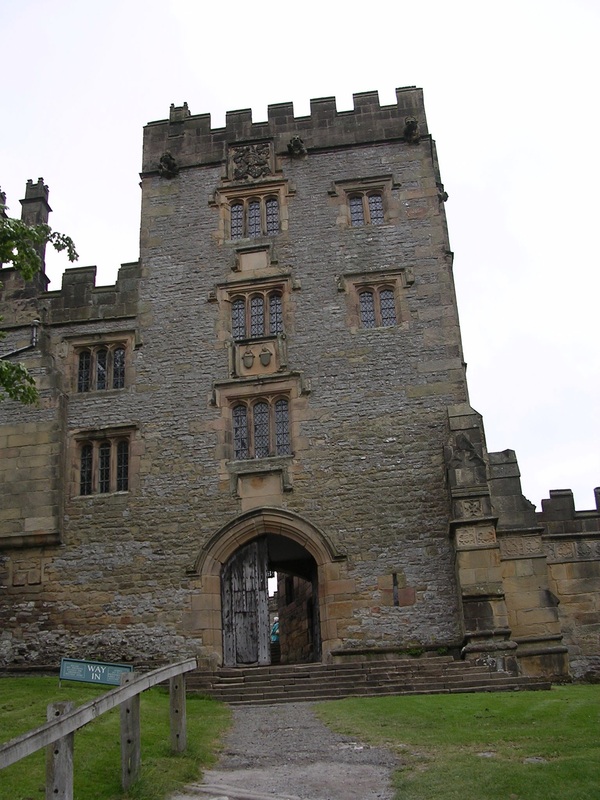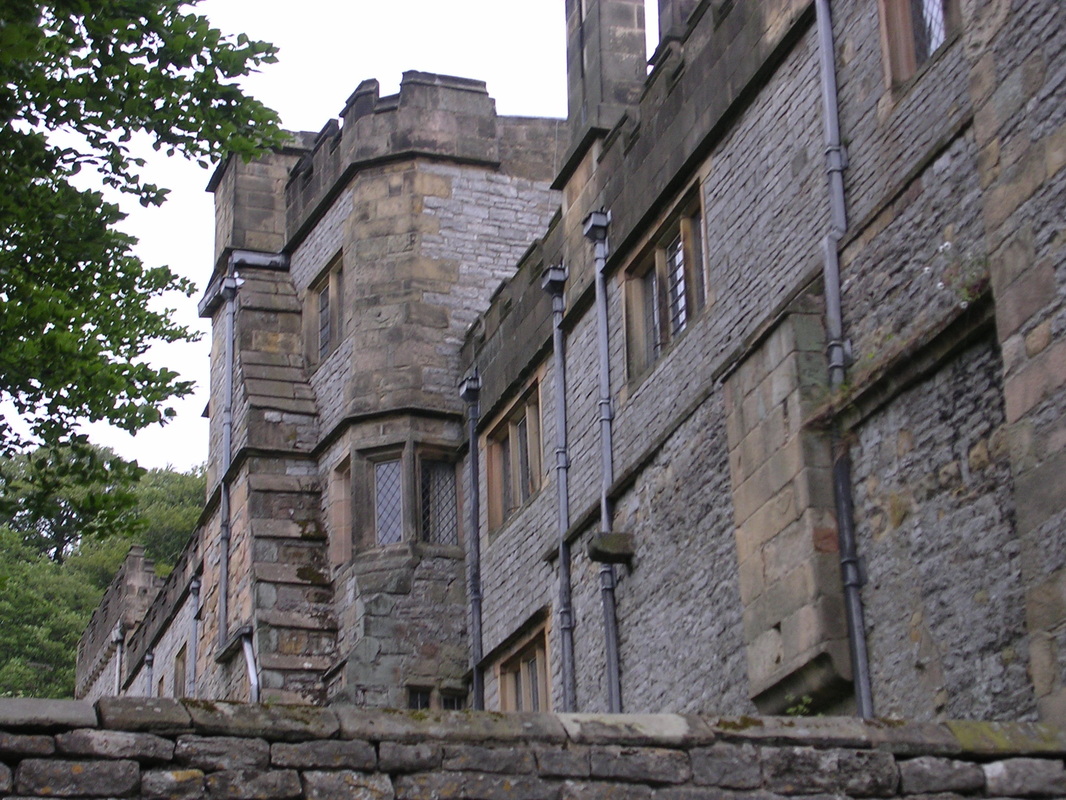
The property is listed in the Domesday Survey conducted shortly after William the Conqueror took over England. The Domesday Book was a great survey completed in 1086, a sort of census. William wanted to know who the landholders were and what taxes he could collect from them, so his clerks looked for property holders from the time of Edward the Confessor. The judgment of the assessors was final and there was no appeal. The name Domesday comes from the Old Englishword dom (same root as doom in modern English) meaning accounting or reckoning. The book of this census is known by the English as 'Domesday', that is the Day of Judgment. The Haddon estate came into the Vernon family through the marriage of its heiress in 1170 to Richard Vernon.

of which few traces remain. Rebuilding, remodeling, and redecorating have been
beloved preoccupations for centuries. Houses were altered by almost every generation to incorporate the latest technological improvements or to enhance the size, style and beauty of their surroundings. The richer the family members, the more they rebuilt over and over again.
The oldest and best-preserved old houses usually are passed down in a family through the female side. History repeated itself when in the mid-1550’s, Dorothy Vernon eloped with Sir John Manners, a son of the Duke of Rutland, against the wishes of her father. But despite his opposition to the match, Haddon Hall soon became the property of the Manners family, which has owned it ever since. It was,
however, a secondary residence to the Rutland’s primary estate, Belvoir (pronounced Beever) Castle (the subject of an upcoming blog).

Haddon’s exterior is typically medieval, severe and somber, yet softened by lovely gardens. Inside, many rooms are open to visitors. In 1370, Richard de Vernon built the banqueting hall to house forty to fifty people. The house and continued to grow in subsequent centuries, both in number of inhabitants and in number of rooms and
outbuildings.

Throughout the 18th and 19th centuries, Haddon Hall was ignored and fell into disrepair. Not until the 1920’s was major restoration begun. It continues today under the direction of Lord and Lady
Edward Manners. Haddon Hall is often used in films and plays a role in many tv
productions as well.
hether it was the elopement story or the abundant roses, I found Haddon Hall very romantic inspiration for the imagination.
A few more pictures:




 RSS Feed
RSS Feed